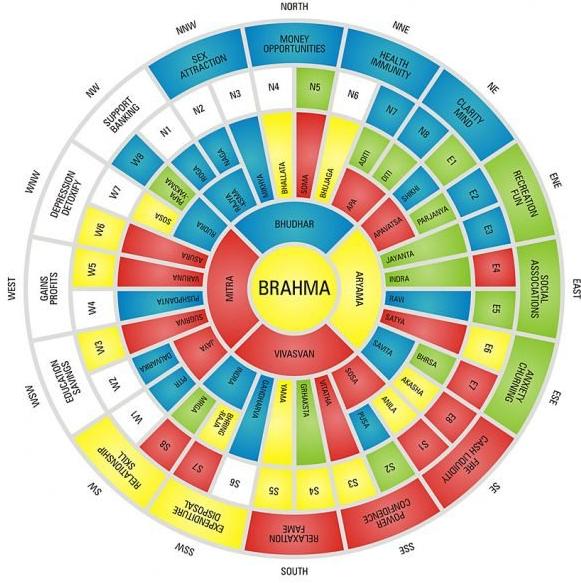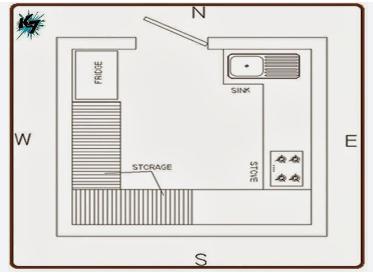




Table of Contents
- Introduction
- Optimizing House Plans
- Kitchen Placement
- Main Door Orientation
- Zodiac Compatibility
- Faq's
Introduction
In the realm of home design, Vastu Shastra holds significant sway, offering ancient wisdom to create spaces that promote harmony, balance, and prosperity. For those dwelling in north-facing houses, understanding and applying Vastu principles can be instrumental in optimizing the energy flow and ensuring overall well-being within the home. Let's delve into the nuances of Vastu for north-facing houses, addressing common queries and offering insights into creating a harmonious living environment.
 Vastu Shastra
Vastu Shastra
Optimizing House Plans
House plans play a crucial role in Vastu-compliant design. For north-facing houses, it's advisable to ensure that the main entrance, known as the "main door," is located in auspicious directions such as the northeast or north. Additionally, bedrooms and living areas can be strategically positioned to maximize natural light and airflow, fostering a sense of openness and positivity.
 Vastu Friendly Home
Vastu Friendly Home
Kitchen Placement
According to Vastu Shastra, the kitchen is considered the heart of the home, representing nourishment and abundance. For north-facing houses, placing the kitchen in the southeast or northwest quadrant is believed to enhance prosperity and culinary harmony. Avoiding the northeast corner for kitchen placement is advisable to maintain Vastu balance.
 Kitchen Placement in Vastu Friendly Home
Kitchen Placement in Vastu Friendly Home
Main Door Orientation
The orientation of the main door is pivotal in Vastu philosophy, as it serves as the entry point for energy flow into the home. For north-facing houses, aligning the main door with auspicious directions such as northeast or north brings positive energy and opportunities into the living space, fostering prosperity and well-being for the occupants.
 Main Door Placement Options in Vastu Friendly Home
Main Door Placement Options in Vastu Friendly Home
Zodiac Compatibility
In Vastu Shastra, the orientation of the house can also influence its compatibility with different zodiac signs. North-facing houses are generally considered favorable for individuals born under zodiac signs like Cancer, Taurus, and Virgo. The alignment of the house with the individual's birth chart can further enhance harmony and success in various aspects of life.
explore further
Latest from Contemporary ideas
More from Innovations
Resources
Dwello, for every home buyer, is a way to go from 'I feel' to 'I know', at no extra cost.



